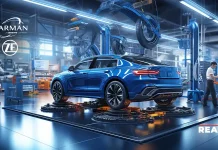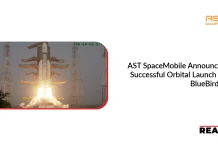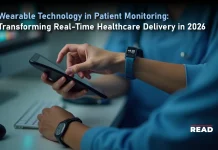Software-defined vehicles (SDVs) represent an emerging automotive paradigm where software, rather than fixed hardware, controls the vehicle’s features and capabilities. In an SDV, most functions, from braking to infotainment are implemented via code on centralized computing platforms. In contrast, traditional vehicles rely on hardware-dominated design, each function (braking, engine control, etc.) has its own dedicated electronic control unit (ECU). Over the last decade, cars have grown extremely complex. For example, U.S. Department of Homeland Security noted that a typical modern car has about 50 ECUs and over 100 million lines of software code. Likewise, a government audit observed that even ‘low-end’ vehicles today may contain on the order of 100 million lines of code. These figures underscore that cars are increasingly large software systems. SDVs embrace this reality by letting software updates and apps define functionality.
How SDVs Differ from Traditional Vehicles
Software-defined vehicles differ fundamentally from legacy models in several ways. Legacy vehicles consist of many fixed-function modules and physical wiring. For example, older designs might use up to 150 separate ECUs, each hard-wired to perform one task (e.g. control the windows, engine or climate). In contrast, an SDV uses fewer but more powerful computing units. These units run multiple functions at the same time through software. Centralized processors use operating systems, virtualization, and containers. This setup lets different software applications share the same hardware without interference. The result is lighter, simpler electrical systems that can be reprogrammed or updated after manufacture.
Key differences include:
- Centralized computing vs. many ECUs: Traditional cars have dozens (or even ~150) of discrete hardware controllers. SDVs consolidate those functions onto a few high-performance computers that run multiple tasks simultaneously. This allows one processor to control, say, braking, steering and navigation together, rather than separate boxes.
- Rigid wiring vs. modern networks: Legacy vehicles use heavy bundles of fixed wiring and point-to-point links. SDVs use high-speed networks (like Automotive Ethernet) that can route data flexibly by software. For example, instead of a dedicated wire for each sensor, Ethernet allows many data streams on shared lines. This change cuts wiring weight, eases assembly, and lets engineers reconfigure data paths by code rather than hardware.
- Fixed features vs. upgradable software: In traditional cars, the features shipped are essentially fixed; only hardware retrofits can change functionality. SDVs, however, behave more like smartphones on wheels. They support over-the-air (OTA) updates so new features, improvements or bug fixes can be downloaded remotely. A safety system, for instance, can be enhanced or refined after sale without pulling the car into a shop.
- Independent boxes vs. shared platforms: Each ECU in an older car is a ‘black box’ for one function. In an SDV, those boxes give way to shared hardware. Software functions co-exist on the same chips using techniques like virtualization. This is analogous to running multiple apps on a tablet instead of having a separate device for navigation, another for climate control, etc.
In short, SDVs replace the era of one-purpose hardware with flexible software platforms. They flip the old model, rather than writing code to fit each little box, automakers now build hardware designed to run adaptable, updatable code. Automakers are moving from designing software for fixed hardware to creating hardware that supports flexible, upgradable software platforms.
Why Software Is Becoming the New ‘Hardware’
Several trends are driving vehicles towards a software centric design. Electrification is one, battery electric vehicles (EVs) get rid of many mechanical systems (fuel, exhaust, etc.) and need sophisticated software to manage energy and performance. Advanced driver-assistance systems (ADAS) and autonomous features need real-time data crunching and artificial intelligence. And car buyers expect their cars to behave like the digital devices they use every day. For example, drivers want in-car experiences as seamless and customizable as a smartphone app.
Also Read: Fleet Charging 101: What Logistics Companies Need to Know Before Going Electric
According to industry analysts, the rise of SDVs is being propelled by trends such as:
- Electric vehicles (EVs): EVs have simpler mechanicals, so software control of power, range and charging is more possible. Fewer moving parts means manufacturers can allocate more processing power and sensors to software driven functions.
- ADAS and autonomy: Functions like automatic braking, lane-keeping and adaptive cruise control rely on processing sensor data instantly. SDVs’ powerful onboard computers enable the complex algorithms these features need.
- Connectivity and cloud services: Cars connect to the internet, other cars and infrastructure. This means OTA updates, real time traffic or weather updates and vehicle-to-everything (V2X) communication. Consumers expect to be always connected (like their phone) so the software architecture has to support streaming data and cloud integration.
- Customer experience expectations: Drivers expect continuous improvements. Just as smartphones get new features via updates, consumers now want their cars to add capabilities over time. SDVs allow manufacturers to deliver new software features, subscription services or enhancements post-purchase, extending the vehicle’s value.
Together, these factors make software as important as any physical component. The extreme growth in vehicle software explains why many now say software has become ‘the new hardware.’ In other words, just as digital hardware components once represented a major upgrade, now it is the software stack, not wires or gears that most distinguishes one vehicle from another. In effect, today’s cars are computers on wheels.
This shift makes car development more like computing. Engineers are increasingly adopting methods from the software industry, continuous integration and deployment, over-the-air rollouts, virtualization, and even app stores of features. Car companies must invest in software talent, cloud services, and cybersecurity. The U.S. National Highway Traffic Safety Administration (NHTSA) emphasizes that automakers providing OTA updates should maintain the integrity of OTA updates, update servers, the transmission mechanism, and the updating process in general. This highlights that if software controls the car, its security must be as robust as the engine.
Key Features of Software-Defined Vehicles
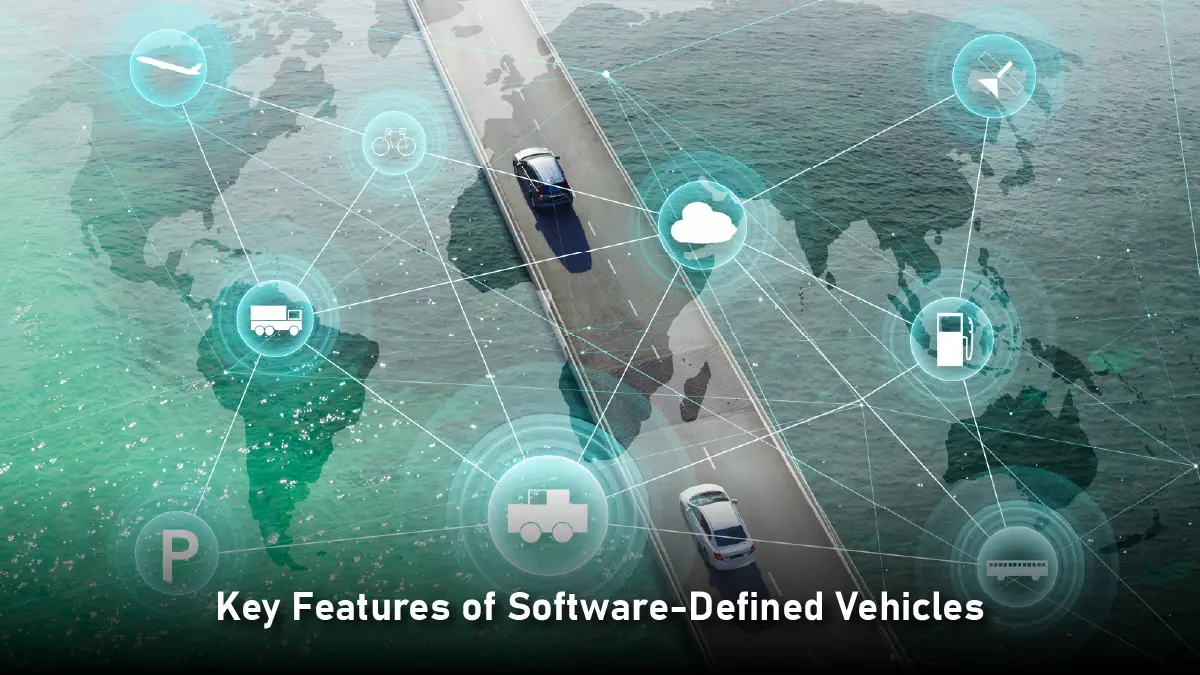
A true SDV supports a range of new capabilities and design principles. These typically include:
- Centralized high-performance computing: SDVs have powerful onboard computers that handles multiple vehicle domains (powertrain, chassis, infotainment, etc.) on one platform. Unlike traditional ECUs where each computer does one job. With one ‘brain’ integration is easier and development faster.
- Over-the-Air (OTA) upgrades: SDVs are capable of getting software updates remotely. Similar to updating an application on a mobile phone, a vehicle’s firmware and software can be patched or improved by downloading upgrades over the air. This capability makes the car continue to develop even years after it was manufactured.
- Analytics and design driven by data: SDVs send and return a tremendous amount of data from sensors and use. The data are utilized by the makers to improve software, predict maintenance needs, and even develop new features. For example, usage data from millions of cars can be leveraged to optimize energy management or safety systems.
- Longer life and customization: Because features are software-defined, manufacturers are able to customize and extend cars over multiple years. Personal settings (options for seating, user interface aesthetic, driver profiles) can be stored in software, moved from car to car, and updated. Infotainment can learn the behavior of a driver and update voice commands or maps as needed.
- Cloud connectivity: An SDV is typically always online. It links to cloud platforms for navigation, music streaming, remote diagnostics or even autonomous driving support. This network link also facilitates capabilities such as real-time traffic information or interchange with intelligent infrastructure. SDVs are made to be linked with other cars, infrastructure, and the cloud and allow live update and vehicle-to-everything (V2X) communication.
Modern SDVs emphasize connectivity and digital interfaces. The image above shows a car’s digital navigation display, illustrating how in-car systems can integrate live data and cloud services. In SDVs, the vehicle’s onboard systems routinely communicate with external networks. For example, they may retrieve map updates or transmit sensor data to cloud servers. This connectivity allows for capabilities previously impossible, including predictive maintenance (notifying a driver of future maintenance requirements based on driving habits) and fleet management of commercial vehicles. Most importantly, the same connectivity infrastructure underpins OTA updates and remote vehicle control. U.S. auto regulators note that vehicles offering OTA capabilities must secure the entire update process (servers, transmissions, etc.) to prevent tampering. Overall, software-defined vehicles act much like networked computers that just happen to drive.
Implications for Carmakers and the Auto Industry
The rise of SDVs is reshaping how automakers operate. Traditionally, car companies focused on mechanical engineering and mass-producing hardware. Now they must think like software companies. Many OEMs are changing structures, hiring software engineers, and seeking new partners. Carmakers are developing in-house operating systems and overhauling development cycles around software.
Major manufacturers have announced initiatives reflecting this shift. For example:
- Volkswagen Group: VW recently collaborated with electric vehicle startup Rivian in a joint venture to build innovative software and electronics architectures for future electric vehicles. The collaboration will develop common software platforms (SDVs) within the brands.
- Ford Motor Company: Ford announced that its next generation of vehicles in Europe will be software-defined. This change promises customers a better digital experience. In a 2024 press release, Ford declared that its future European models will offer over-the-air updates and other software-enabled features.
- General Motors (GM): GM has made open-source moves in the SDV space. In 2023, it joined the Connected Vehicle Systems Alliance (COVESA) to contribute a vehicle services interface (uServices) to accelerate SDV development. GM’s SDV chief architect explained that sharing existing technologies can accelerate the development of an ecosystem and make it easier (and cheaper) to integrate third-party software into cars.
- BMW Group: BMW joined the Eclipse Foundation’s Software-Defined Vehicle working group as a strategic member. The company brings decades of in-house software experience and advocates open-source collaboration to set industry standards.
- Stellantis: This automaker (which owns Jeep, Chrysler, Peugeot, etc.) is aggressively building SDV capabilities. In 2024, Stellantis reported that its software and connected services revenue had grown 2.5× since 2021, delivering over 94 million OTA updates in 2023. It unveiled new computing platforms called STLA Brain, STLA SmartCockpit and STLA AutoDrive, designed around centralized processing. For instance, STLA Brain provides full over-the-air access to sensors and drives approximately a 50% cut in ECU count (down to ~60 per vehicle).
- Hyundai Motor Group: Hyundai has made a bold pledge. By the end of 2025, all of its global models will be software-defined and OTA-upgradable. The company announced that every new vehicle launch starting in 2023 will support remote updates, including existing ICE and EV models. Hyundai plans to invest heavily in software development and will push software subscriptions and an app-like ecosystem to constantly upgrade customers’ cars.
Other automakers have similar programs (for example, Volkswagen’s Car. Software organization, Toyota’s connected car initiatives, and global alliances like AUTOSAR), but the above examples demonstrate how incumbents are pivoting. In many cases, manufacturers are reorganizing R&D under digital divisions, employing agile methods (continuous integration/continuous deployment) and partnering with tech firms or startups. The overall auto industry is in a software race, companies that produce compelling software features may gain an edge in the market.
Business Model and Revenue Changes
SDVs open new revenue streams for automakers. Since features are delivered in software, companies can charge for them dynamically. Cars can offer software-as-a-service (SaaS) and subscription models. For example advanced driver aids, navigation services or in-car entertainment can be sold as on-demand upgrades. Drivers can subscribe to premium features monthly or pay to unlock when needed. This means carmakers may shift from one-time sales of hardware to ongoing relationships through software services. Some even envision portability of subscriptions, if you change cars, you retain your features. Vehicle data also becomes a commodity, collected driving data can support usage-based insurance, fleet analytics, or smart-city planning, creating new monetization opportunities.
Stellantis, for example, emphasized that it now has millions of subscribers to its connected apps and services. Ford and BMW have announced similar plans for in-car marketplaces. These moves require carmakers to build cloud platforms, develop software applications, and possibly share app stores with partners. They also raise questions about competition with tech companies. Some automakers work with Google or Amazon for infotainment, while others build proprietary systems. In any case, the business focus is shifting toward software.
What SDVs Mean for Consumers
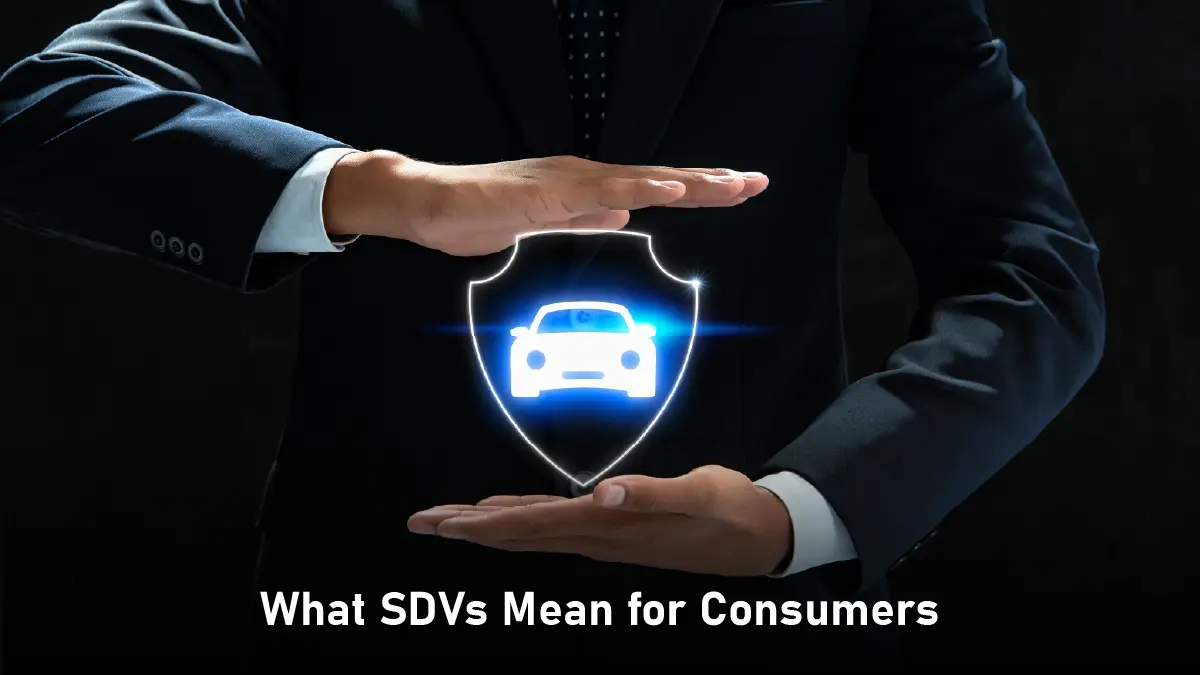
For drivers and owners, software-defined vehicles promise both exciting benefits and new considerations. The upside is enhanced convenience and continuous improvement. Consumers can expect their cars to gain new features over time. For example, an automaker may add a new safety function or improve efficiency via a software update. Infotainment and navigation may be upgraded without costly hardware changes. This also opens the door to customizable experiences. Users might pay for advanced features a la carte, or tailor settings through apps.
However, the SDV era also introduces fresh challenges:
- New Features via Updates: Owners will see more capabilities delivered post-sale. For example, a car’s user interface might be refreshed with a new design, or performance might be improved with updated engine management code. This is analogous to how Tesla adds features to existing vehicles or how smartphones receive new OS features over time.
- Subscription Services: Just as on a phone, some features may cost extra. Navigation, premium sound, or driver-assist functions could be sold as subscriptions. Customers should be aware that not all features might come standard, and budgets may shift toward service fees.
- Cybersecurity and Privacy: With more software and connectivity comes new risks. The NHTSA and cybersecurity experts stress that vehicles must guard against hackers. Drivers will need to trust that over-the-air updates and data links are secure. There are concerns about personal data collection (GPS routes, driving behavior, etc.) and who can access it. Consumers should watch for how companies handle data privacy.
- Repair and Maintenance: As cars rely on software, independent repair becomes trickier. A 2024 U.S. Government Accountability Office (GAO) report found that some independent mechanics lack access to the software tools needed for modern vehicles. In some cases, third-party diagnostic devices do not interface with certain systems (like tire-pressure sensors), forcing repairs to be done at dealerships. In other words, consumers may find that their ability to use non-dealer repair shops is limited unless new frameworks for software access are implemented. Right-to-repair legislation and industry agreements are evolving to address this.
- Vehicle Longevity and Value: One positive effect noted by automakers is that SDVs might hold their value better. For instance, Hyundai argues that a continually updated car can stay current longer, which helps resale value. Rather than buying a new model to get features, buyers may keep a car longer since it can evolve with software.
In summary, buyers will experience their cars more like tech platforms. Upgrades and enhancements can come without new hardware, but users also pay attention to subscriptions, data rights, and security. Ultimately, the SDV trend should lead to safer, more capable vehicles, but it requires consumers to adapt to a more digital mindset about their car.
Conclusion
Software-defined vehicles represent a fundamental shift in automotive technology. Unlike traditional cars built around fixed hardware, SDVs are defined by flexible software running on centralized computing platforms. Major automakers such as Volkswagen and Hyundai recognize this change. From joint ventures on software architectures to declarations that entire model lines will be OTA-enabled. For the industry, it means new development processes, open collaborations, and novel revenue models. For drivers, it means cars that continuously evolve like smart devices. While the transition brings challenges (security, repair access, consumer costs), the potential benefits include updatable safety, personalized experiences, and integrated services.
In short, the age of software-defined vehicles is already underway, and it will continue to accelerate. Cars will increasingly be platforms for software innovations, much as laptops and smartphones are today. As this trend grows, automakers and regulators will strive to ensure that the vehicles remain safe, secure, and customer-friendly. For consumers, understanding SDVs is crucial. It explains why cars today can gain new tricks after purchase, and why the future of driving will rely as much on code as on metal and rubber.
